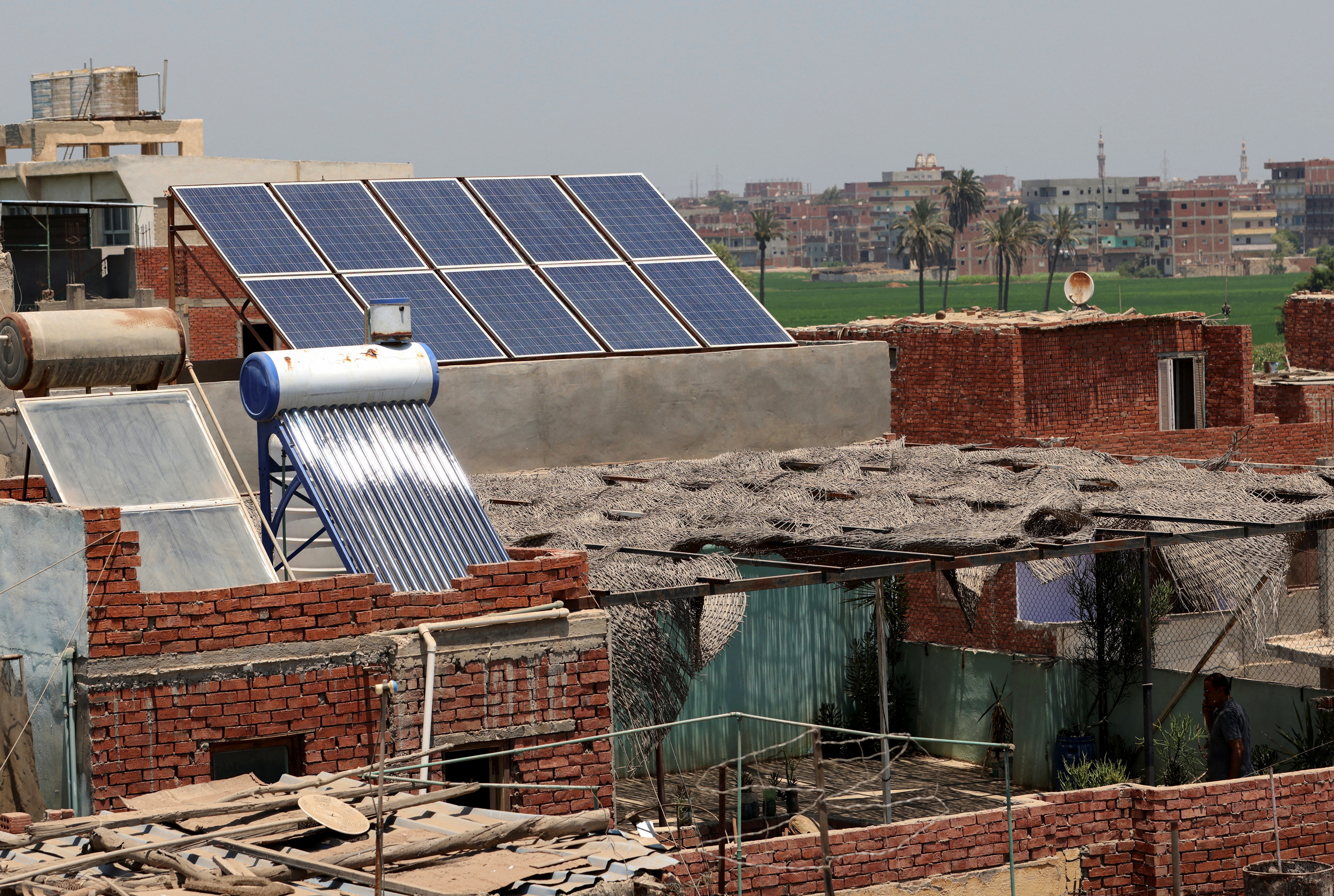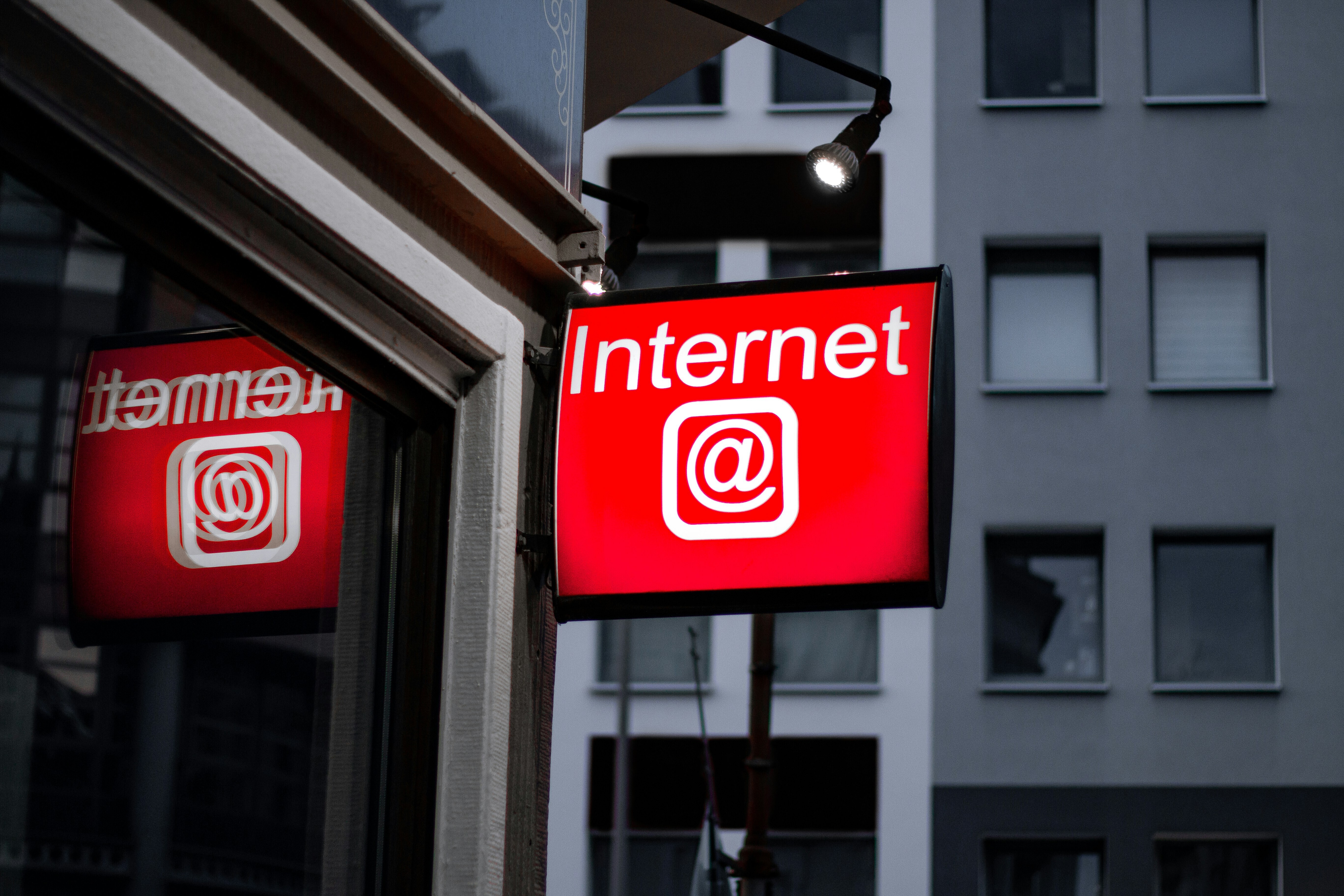Why the healthy are so important to US healthcare

The top 1 percent of health-care spenders use more resources, collectively, than the bottom 75 percent, according to a new study based on national surveys.
Image: REUTERS/David Gray
Stay up to date:
United States
Here’s a simple reason crafting health policy is so devilishly hard: Most Americans are pretty healthy and a few are really sick.
The top 1 percent of health-care spenders use more resources, collectively, than the bottom 75 percent, according to a new study based on national surveys. Slice the data a different way, and the bottom half of spenders all together rack up only about 3 percent of overall health care spending — a pattern that hasn’t budged for decades. This creates a fundamental inequality in the country's health spending that is the crux of the challenge policymakers face: They need a system that works for people who are ill, but is attractive to those who are healthy and spend little on health care.
The political debate over health care often focuses on how a new system will meet the needs of the sick: Will cancer patients or people with diabetes access and afford care when they need it? But the Health Affairs study, “Most Americans have good health, little unmet need and few health care expenses,” shows just how important the healthy people who spend very little on health care are. The message you draw from that, however, may depend on your politics.

“The key takeaway message really is most people are in good health; they don’t spend a lot of money, and yet it’s important to have them be part of our insurance system. If they’re left out of the system, we’re not going to have the funds to take care of people who are very sick,” said Marc Berk, a health policy researcher and contributing editor of Health Affairs who led the analysis.
But Tom Miller, a resident fellow at the American Enterprise Institute, disagreed. He said that the study is based on quick and incomplete snapshots of health and argued that it is yet another way to divert from the health-care discussion we should be having: about how to rein in spending. Using this data to argue about where to get premium dollars from — from the pockets of the well or the sick — simply allows the system to grow ever bigger and prop up an even-more-expensive medical system.
“We all get diverted by hoping we can hide the bill under someone else’s pillow,” Miller said. “I think that’s the political argument you hear — these low spenders, we’re scared to death they might catch on to the fact they’re getting taken to the cleaners” by being forced to buy expensive health insurance they don’t need.
According to House Speaker Paul Ryan earlier this month, the inequality in spending and sickness is the “fatal conceit of Obamacare.” Ryan used a graph that showed that chronically ill people are a narrow slice of the population, but a big driver of spending.
“The whole idea of Obamacare is the people … who are healthy pay for the people who are sick; it’s not working and that’s why it’s in a death spiral,” Ryan said.
As critics have pointed out, this was part of how the Affordable Care Act was designed, and it is how insurance traditionally works. The auto insurance of people who don’t get into car crashes helps foot the bill for those who do. The premiums from homeowners who never file a claim help underwrite the insurance payouts for those whose houses burn down. It’s the same for health, and a major challenge in the exchanges, where people buy individual plans with government subsidies, has been getting enough healthy people to sign up to keep the premiums reasonable for everyone.
A conservative vision of health care would have people take more responsibility for their own health care costs, but the graph above presents policy challenges as well, because it suggests that solution wouldn’t just be a matter of making people at all levels smarter shoppers. It would saddle those with the bad luck of being sick with costs that could quickly become untenable.
To different people, the pattern suggests very different policy implications: Berk thinks the data are a powerful argument that everyone needs to pay in to the system; to Miller, it suggests the opposite.
“We should probably leave a lot more people alone,” Miller said. “There’s unexpected catastrophic coverage, but don’t micromanage every detail of coverage for people who are just going to be fine.”
Don't miss any update on this topic
Create a free account and access your personalized content collection with our latest publications and analyses.
License and Republishing
World Economic Forum articles may be republished in accordance with the Creative Commons Attribution-NonCommercial-NoDerivatives 4.0 International Public License, and in accordance with our Terms of Use.
The views expressed in this article are those of the author alone and not the World Economic Forum.
Related topics:
Forum Stories newsletter
Bringing you weekly curated insights and analysis on the global issues that matter.
More on Economic GrowthSee all
Jake Yu
November 10, 2025
Marco Lambertini and Marcelo Bicalho Behar
November 6, 2025
Souleymane Ba and Nakul Zaveri
November 4, 2025
Aimée Dushime
November 4, 2025
Junpei Guo
October 30, 2025
Dylan Reim
October 29, 2025






